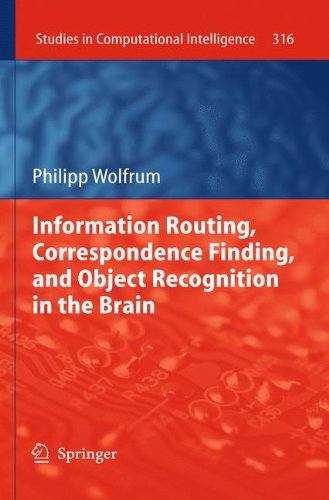

Most ebook files are in PDF format, so you can easily read them using various software such as Foxit Reader or directly on the Google Chrome browser.
Some ebook files are released by publishers in other formats such as .awz, .mobi, .epub, .fb2, etc. You may need to install specific software to read these formats on mobile/PC, such as Calibre.
Please read the tutorial at this link: https://ebookbell.com/faq
We offer FREE conversion to the popular formats you request; however, this may take some time. Therefore, right after payment, please email us, and we will try to provide the service as quickly as possible.
For some exceptional file formats or broken links (if any), please refrain from opening any disputes. Instead, email us first, and we will try to assist within a maximum of 6 hours.
EbookBell Team

4.7
46 reviewsThis book covers recent research on cortical signal processing and plasticity, with an emphasis on object recognition. Differently from other texts which study the behavior of single neurons, however, the focus here is on assemblies of neurons and how they can collectively represent information patterns and their dynamic relationships. This viewpoint leads to novel concepts for how the brain routes information in a purposeful way, how it detects correspondences between patterns, and how sensory inputs are recognized. To illustrate the function of these concepts, the author proceeds to develop several concrete neural models, including a powerful system for face recognition. Other parts of the book treat the question which neural substrates are necessary for such capabilities, and how they can self-organize in the developing organism. While most of the explicit examples in the book are drawn from vision, the concepts described apply to all areas of neural function from sensory perception to motor control to abstract reasoning. Consequently, readership is aimed at all students and researchers in neuroscience interested in exploring new paradigms of brain function. Experimentalists may draw inspiration from the book for designing anatomical and physiological experiments that lead the way from the current focus on static receptive fields to investigating the dynamic, functional connectivity of cortex. Theoreticians are invited to incorporate the discussed concepts into their own modeling, and to improve on the models presented in the book. While familiarity with the basic notions of theoretical neuroscience is useful for enjoying this book, it also offers to those without a vision background an introduction to the function of the mammalian visual pathway, as well as a broad discussion of different computer vision approaches to object recognition.